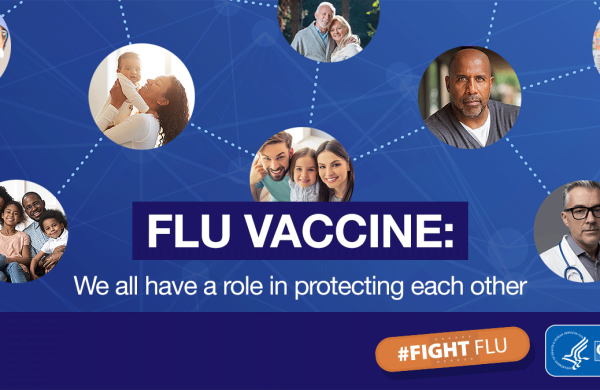Have you gotten your flu shot yet? You see this question on commercials, at your local pharmacy, and even under news articles. The world has come a long way since the emergence of the H1N1 virus, also known as the Influenza Virus Pandemic in 1918. According to the Centers for Disease Control and Prevention (CDC), it was the most severe pandemic in recent history as it claimed the lives of over 50 million people. Almost a century later, a variant of H1N1, also known as the swine flu, took the world by storm. However, it was quickly slowed down by the flu vaccine. Modern-day technology was able to evaluate the virus and create a vaccine that prevents us from becoming sick.
Does this sound familiar?
Little did we know that in December of 2019, another virus would shake the globe. The Coronavirus, also known as COVID-19, has infected 182 million and claimed the lives of 3.9 million people, according to the CDC. One year later, the U.S. Food and Drug Administration (FDA) approved the emergency vaccine release for the COVID-19 virus. Yet, people are hesitant to receive the vaccine as they wonder how it’s going to protect them from the virus and its long-term effects.
A vaccine is a substance used to stimulate our immune system to produce antibodies against one or more diseases. It is a way to build natural immunity in your body to lessen your chances of getting sick. Antibodies are proteins in the blood that respond to antigens (disease causing agents) and protect your body by fighting off things like the flu virus. Vaccines are usually prepared from the causative agent of a disease or a synthetic substitute of the agent or its products. This process of taking a vaccine to prevent or lessen the effect of disease is also referred to as immunization.
How long does it take to create a vaccine? In reality, scientists can create a vaccine in a day. The lengthy part of the process is the trial. Testing the newly synthesized antibodies on people while monitoring their immune system and physical health.
Due to the severity of viruses like the flu and COVID-19, scientists did not have the time or any more lives to waste. As a result, they conducted 6-month clinical trials rather than the standard two-year trials. However, the COVID-19 vaccine was not widely distributed until January 2021, giving scientists even more time to study its effects. With a considerable budget, scientists everywhere studying the virus, and the lives at stake, it was very possible to create and distribute a safe vaccine in a short amount of time. We needed to, considering the gravity of the epidemic.
In hindsight, COVID-19 isn’t much different from the flu. The major difference is the years they arrived. We are now in the 21st century where medical technologies are improving at scale. So yes, it may have taken over 50 years to create a flu vaccine, but this is not 1918. The world was and still is on a mission to keep its people safe. So get your yearly flu shot, the COVID vaccine, the HPV vaccine, and any others your doctors recommend. Vaccines keep us safe.
We must make informed decisions about receiving the vaccine once we understand the purpose, the research behind it, and our long-term health goals.
Ashani Ross
References:
Arbeitskreis Blut, Untergruppe «Bewertung Blutassoziierter Krankheitserreger». “Influenza Virus.” Transfusion medicine and hemotherapy : offizielles Organ der Deutschen Gesellschaft fur Transfusionsmedizin und Immunhamatologie vol. 36,1 (2009): 32-39. doi:10.1159/000197314
Staff, Familydoctor.org Editorial. “The Importance of Vaccinations.” Familydoctor.org, American Academy of Family Physicians, 19 Oct. 2020, familydoctor.org/the-importance-of-vaccinations/.
“WHO Coronavirus (COVID-19) Dashboard.” World Health Organization, World Health Organization, 2021, covid19.who.int/.
Wexler, Randell. “How COVID-19 Is Different and Worse than the Flu.” Ohio State Medical Center, The Ohio State University Wexner Medical Center, 15 Apr. 2020, wexnermedical.osu.edu/blog/how-covid-19-is-different-and-worse-than-the-flu.


